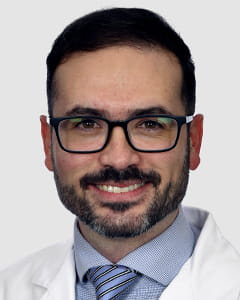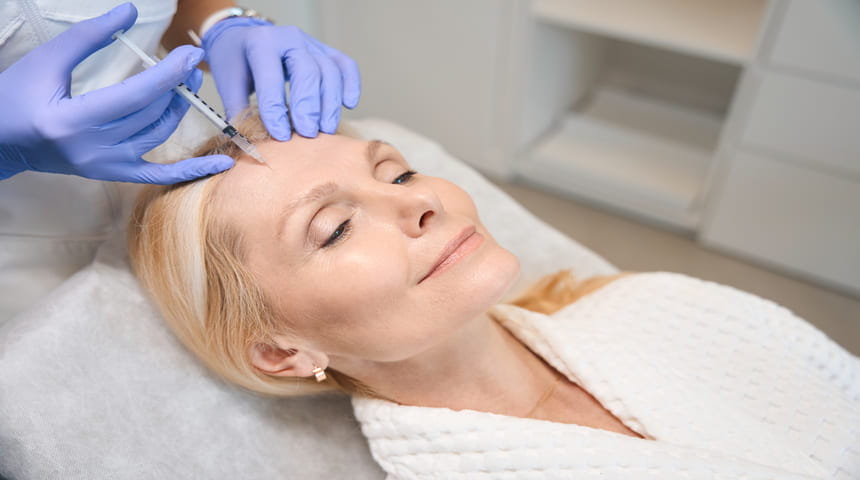Every 40 seconds, someone in the United States has a stroke. Every four minutes, someone dies of a stroke. Strokes are a leading cause of death and disability for Americans, but early detection can greatly reduce your risk of dying or suffering long-term effects.
The sooner a stroke is recognized and treated, the better the outcome is likely to be. When every second counts, understanding the different types of stroke and their signs and symptoms just might save your life.
Different Types of Strokes
A stroke happens when blood flow to the brain is interrupted, preventing brain cells from getting the oxygen and nutrients they need and causing these cells to die. Strokes are divided into two main types according to how they disrupt blood flow to brain cells. They are:
● Ischemic stroke, which occurs when an artery that supplies blood to part of the brain is blocked by a clot or clogged with plaque. Between 75 percent and 90 percent of strokes are ischemic.
● Hemorrhagic stroke, which happens when a blood vessel in the brain ruptures and bleeds, damaging surrounding cells and disrupting blood flow.
These two types of strokes can be further divided to include:
● Transient ischemic attack (TIA), a kind of “mini” ischemic stroke caused by a temporary blockage of blood flow to the brain. A person who has a TIA is at high risk of a major stroke for up to three months following the occurrence.
● Brain stem stroke, which occurs in the brain stem and can be caused by a clot or clogged artery (ischemic) or a burst blood vessel (hemorrhagic).
● Cryptogenic stroke, which doesn’t have a known cause even after someone has a comprehensive evaluation. This type of stroke is more common than most people realize — up to 25 percent of ischemic strokes are cryptogenic. Cryptogenic strokes can be difficult to treat, because knowing what caused a stroke is often key to helping prevent another one. Doctors are learning that a significant number of people with cryptogenic strokes may have an underlying heart condition called atrial fibrillation.
Time Is Everything
When certain symptoms develop suddenly, that means a person likely is having a stroke and needs immediate medical attention. Because acting quickly is important for stroke survival and recovery, experts created the acronym B.E.F.A.S.T.
● Balance problems, dizziness, and/or loss of coordination
● Eye trouble, including blurred vision and difficulty seeing out of one or both eyes
● Face drooping or numbness on one side of the face
● Arm weakness or numbness in one arm
● Speech difficulty, including inability to get words out and slurred speech
● Time to call 911 if a person shows any of these symptoms, even if they go away
What Imaging Reveals About Strokes
When someone has a stroke, doctors typically rely on two methods of imaging, CT scans and MRI scans, to determine the cause and make a diagnosis. Once they know the type of stroke, they can develop a treatment plan to reduce the risk of future strokes.
No matter what type of stroke a person has, comprehensive rehabilitation can make a big difference in how well they recover. The approach to stroke rehab is multidisciplinary and typically features a care team made up of a dedicated rehabilitation physician, occupational and physical therapists, a speech pathologist and a social support person.
The goal of rehabilitation is to restore function, getting you as close to your pre-stroke self as possible. Research indicates people who undergo rehabilitation after a stroke have a better recovery and quality of life than those who don’t.
Reducing Stroke Risk
When it comes to stroke prevention, healthy lifestyle choices can make a big difference. There’s a strong link between diet and stroke, so it’s important to cut your intake of foods like red meat and butter that are high in saturated fat and avoid high amounts of salt to reduce your stroke risk.
Staying active helps, too. Exercise has been shown to decrease your chance of having a stroke. If you use tobacco products, quitting can dramatically lower your stroke risk.
Just by being aware of the types of stroke and their symptoms, you may be able to protect yourself and your loved ones from the damage they can cause.
Choose to Stay in Touch
Sign up to receive the latest health news and trends, wellness & prevention tips, and much more from Orlando Health.
Sign Up





